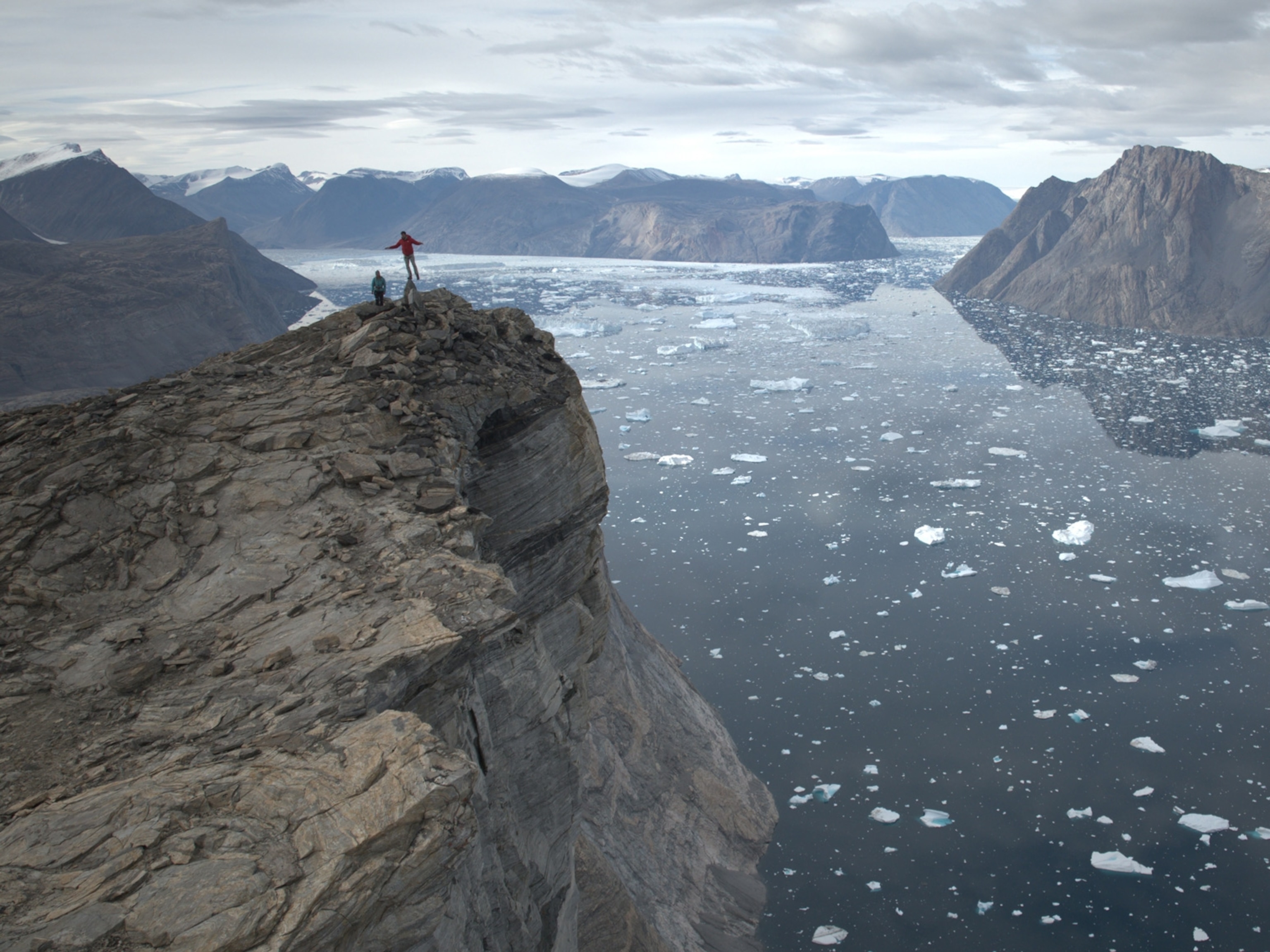
See the otherworldly beauty of Earth’s polar regions
They’re some of the coldest, windiest places in the world, but life has evolved to thrive in these icy environments.
Beautiful and rugged, the Arctic and Antarctic regions have an alien charm. But as the climate warms, these polar ecosystems have become some of the most vulnerable on Earth.
The Arctic is potentially warming as much as four times faster than the rest of the globe, partly because the region lacks a solid landmass. Instead, it’s made of perennially frozen solid ice floating above the Arctic Ocean. But as this ice increasingly shrinks, the ocean absorbs more warm sunlight, accelerating global climate change.
Unlike its northern counterpart, Antarctica is solid land covered in snow and massive sheets of frozen freshwater. If just the West Antarctic ice sheet melts, it has enough water to raise seas by more than 17 feet before the end of this century.
What’s at stake in these polar regions are wildlife and cultures that cannot be found anywhere else. More than four million people and many indigenous communities live within the Arctic Circle. The far north is also home to wildlife such as polar bears, Arctic wolves, and migratory whales. In the south, large penguin colonies roam the cold terrain, and the waters surrounding Antarctica are thriving with phytoplankton and algae, tiny sea creatures that attract hordes of hungry whales.
These images show the natural beauty of life at the poles—and the few who dare to live there.













Related Topics
You May Also Like
Go Further
Animals
- Orangutan seen using plants to heal wound for first timeOrangutan seen using plants to heal wound for first time
- What La Palma's 'lava tubes' tell us about life on other planetsWhat La Palma's 'lava tubes' tell us about life on other planets
- This fungus turns cicadas into zombies who procreate—then dieThis fungus turns cicadas into zombies who procreate—then die
- How can we protect grizzlies from their biggest threat—trains?How can we protect grizzlies from their biggest threat—trains?
Environment
- What La Palma's 'lava tubes' tell us about life on other planetsWhat La Palma's 'lava tubes' tell us about life on other planets
- How fungi form ‘fairy rings’ and inspire superstitionsHow fungi form ‘fairy rings’ and inspire superstitions
- Your favorite foods may not taste the same in the future. Here's why.Your favorite foods may not taste the same in the future. Here's why.
- Are the Great Lakes the key to solving America’s emissions conundrum?Are the Great Lakes the key to solving America’s emissions conundrum?
- The world’s historic sites face climate change. Can Petra lead the way?The world’s historic sites face climate change. Can Petra lead the way?
History & Culture
- Meet the ruthless king who unified the Kingdom of Hawai'iMeet the ruthless king who unified the Kingdom of Hawai'i
- Hawaii's Lei Day is about so much more than flowersHawaii's Lei Day is about so much more than flowers
- When treasure hunters find artifacts, who gets to keep them?When treasure hunters find artifacts, who gets to keep them?
Science
- Why ovaries are so crucial to women’s health and longevityWhy ovaries are so crucial to women’s health and longevity
- Orangutan seen using plants to heal wound for first timeOrangutan seen using plants to heal wound for first time
Travel
- Is it possible to climb Mount Everest responsibly?Is it possible to climb Mount Everest responsibly?
- 5 of Uganda’s most magnificent national parks
- Paid Content
5 of Uganda’s most magnificent national parks - On this Croatian peninsula, traditions are securing locals' futuresOn this Croatian peninsula, traditions are securing locals' futures




